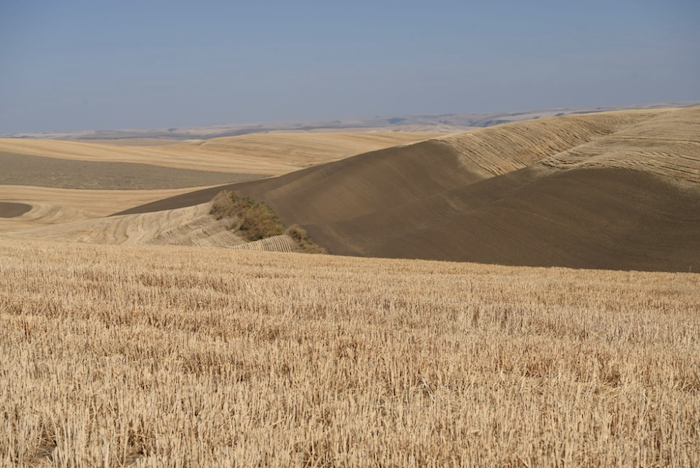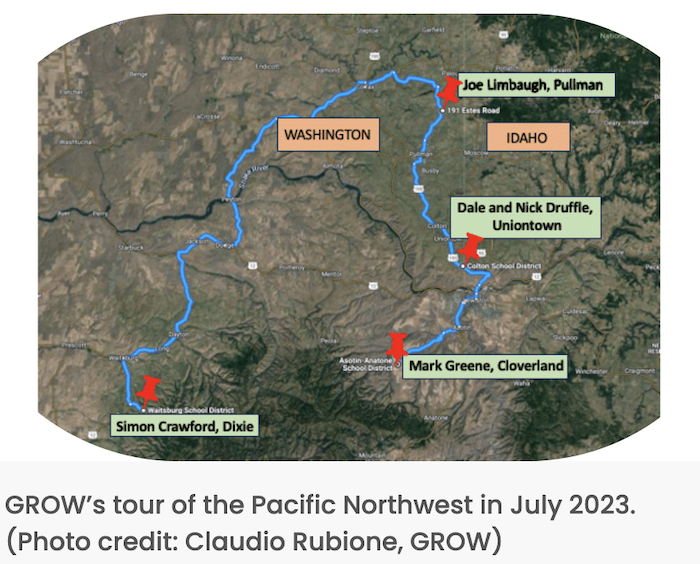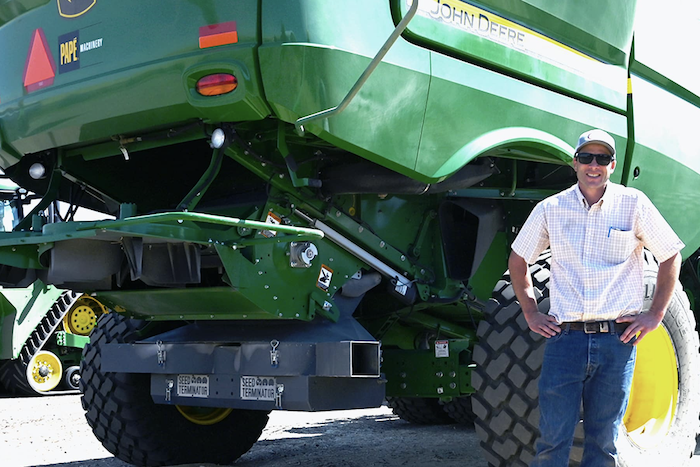
The Palouse region in Washington (Photo Credit: Claudio Rubione, GROW)
The Pacific Northwest and HWSC: A Natural Fit

Farmers Lead the Way In This GROW Series

Joe Limbaugh, of Mader Enterprises, in Pullman, Wash. (Photo Credit: Claudio Rubione, GROW)






Post a comment
Report Abusive Comment